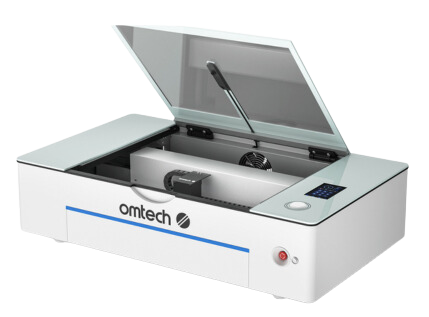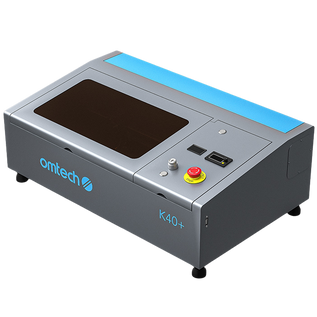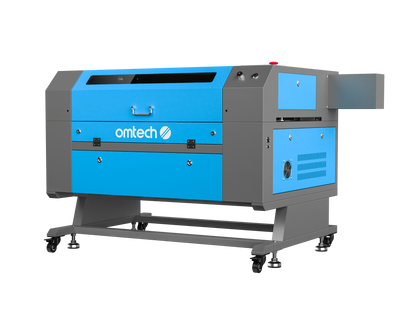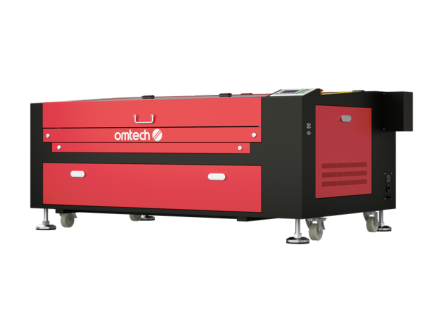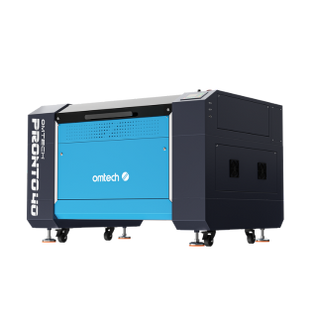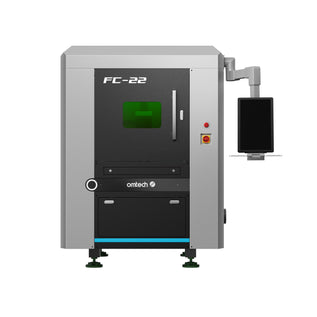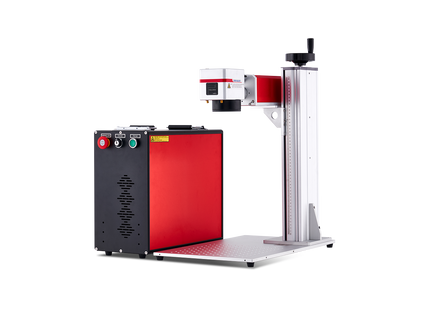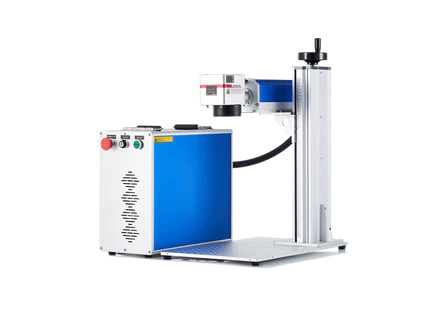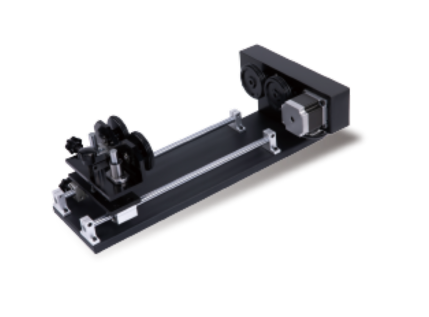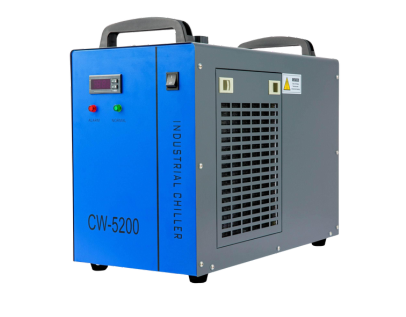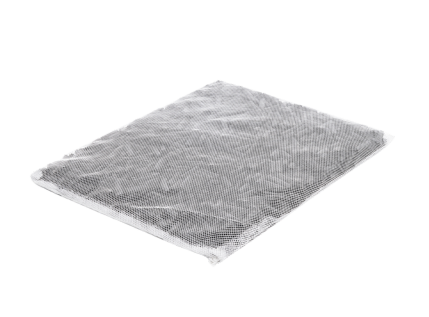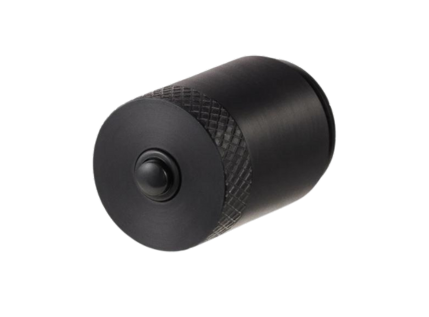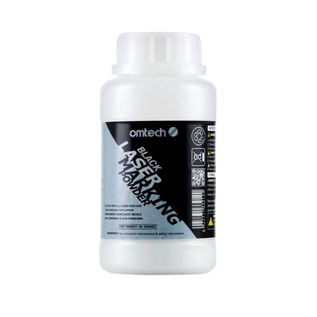Laser Workshop Fire Safety: Prevention Tips and Emergency Essentials
Laser engravers and cutters open up incredible creative possibilities. From small hobby projects to professional fabrication, these machines can turn ideas into reality with speed and precision. But there’s one fact we cannot ignore—lasers bring fire risks.
Wood, paper, acrylic, leather, and other flammable materials can ignite under the beam. Sparks or heat build-up can also turn a small mistake into something far more serious. That’s why laser engraving fire safety is not just a checklist—it’s a mindset.
Whether you’re working in a home studio or a busy shared maker space, having the right equipment and routines in place keeps you safe, protects your gear, and ensures your creative flow isn’t interrupted by emergencies.
Essential Fire Safety Gear for Laser Engraving
Every workshop, no matter how big or small, should have a fire safety toolkit. Here’s what belongs in yours:
Fire Extinguishers
Choose a reliable, certified extinguisher suitable for workshop conditions. Class B extinguishers handle flammable liquids, while Class C extinguishers are designed for electrical fires. Many laser engravers keep a combo B/C extinguisher nearby. This ensures you’re covered whether it’s a spark from wiring or a flare-up from acrylic fumes.
Fire Blanket
Simple but effective. A fire blanket can smother small fires before they spread. Store it within arm’s reach of your laser cutter and make sure anyone sharing your workspace knows where it is.
Smoke Detectors
Install a smoke detector close to your laser cutter. Choose a model designed for industrial or workshop use. These are more reliable in dusty environments and less likely to trigger false alarms while still keeping you protected.
Fireproof Gloves and PPE
In the event of an emergency, heat-resistant gloves, safety glasses, and basic PPE give you time to respond safely. Even if you never need them for fire, gloves can protect you from burns while handling freshly cut materials.
Fire Safety Kit
Bundle your essentials—extinguisher, fire blanket, first-aid kit, and emergency contacts—into one central spot. In an emergency, seconds matter. Having everything together makes a big difference.
Daily Fire Safety Routine for Laser Use
Fire safety is as much about habits as it is about equipment. The way you prepare, operate, and shut down your machine matters. Here’s a simple daily workflow:
1. Before You Switch On
- Check that your extinguisher is in place and charged.
- Test your smoke alarm.
- Keep fireproof gloves within reach.
- Remove paper scraps, sawdust, or other flammables near the laser bed.
2. Setup and Calibration
- Clear stray materials like rags or cut-offs from around the work area.
- Make sure mirrors, lenses, and filters are clean. A well-maintained machine is less likely to overheat.
- Adjust your smoke detector sensitivity if you’re in a small or enclosed workshop.
3. During Operation
- Never leave your laser unattended. Even short engravings can trigger unexpected flare-ups.
- Keep an eye on smoke output. If you see heavy smoke or smell burning, stop and investigate.
- Listen for unusual noises like grinding, sparking, or fans running louder than normal.
4. After the Job
- Allow materials and machine parts to cool before removing them.
- Clean out debris, ash, or leftover scraps.
- Return all safety gear to its place so it’s ready for the next session.
These small steps add up to big protection. Over time, they become as automatic as wearing a seatbelt.
Check Out Safety Guidelines for Using Laser Engraving Machines:https://www.omtech.au/blogs/news/resource-hub?_pos=2&_sid=0c9f0345e&_ss=r.
What To Do If a Fire Starts
Even with perfect preparation, accidents can happen. Here’s how to stay safe if one does:
- Stay calm. Panic wastes valuable seconds. Take a breath and act.
- Use the right gear. If the fire is small and manageable, grab your extinguisher or fire blanket.
- Know your exits. Keep escape paths clear at all times. Never block doors with storage or projects.
- Leave if it spreads. If you can’t control the fire immediately, evacuate and call emergency services.
- Protect yourself. Wrap in a fire blanket or use gloves if you need to move near flames to escape.
Like a fire drill at school, practicing your response can help you stay calm when it counts.
Routine Maintenance for Long-Term Safety
Fire safety equipment only works if it’s in good condition. Schedule routine checks:
- Inspect extinguishers monthly and replace them when expired.
- Test smoke alarms regularly and replace batteries on schedule.
- Replace fire blankets or gloves if they show wear or damage.
- Clean your machine—dust and debris increase fire risk.
- Keep a safety logbook or set calendar reminders so nothing gets missed.
A little effort here means peace of mind every time you start a new job.
FAQs
Q: What type of extinguisher should I keep in my laser workshop?
A: A Class B or Class C extinguisher is best. Many people choose a combo model that covers both risks. These are ideal for the kinds of fires that can occur with lasers.
Q: How often should I check my fire safety gear?
A: Monthly checks are best. Make sure extinguishers are charged, alarms are working, and your fire blanket is ready.
Q: Can I leave my laser running while I duck out of the room?
A: No. Even short jobs can flare up quickly. Always stay within sight of the machine.
Q: What’s the first thing to do if a fire starts?
A: Stay calm, use your extinguisher or fire blanket if it’s safe, and evacuate if you can’t contain it. Safety comes before equipment.
Read more safty guidelines about laser engravers:Safty Guide:Laser Dust Collection and Disposal for Metal Cutting.



